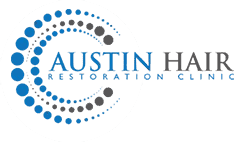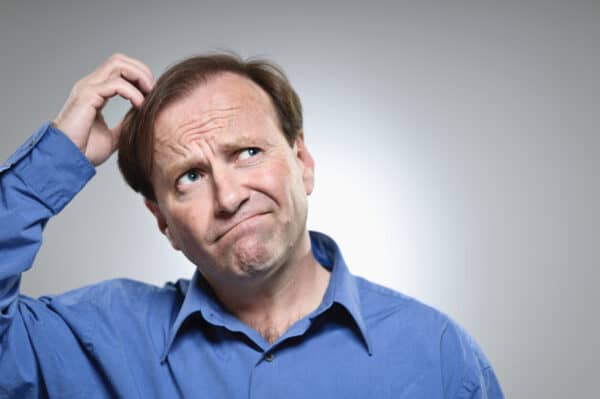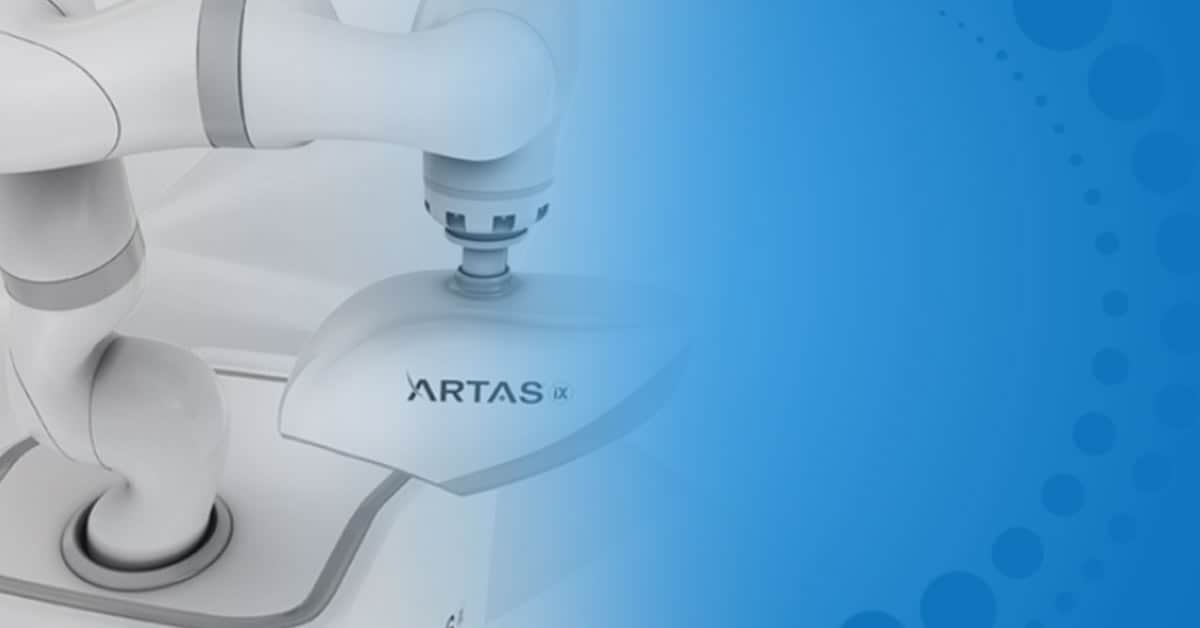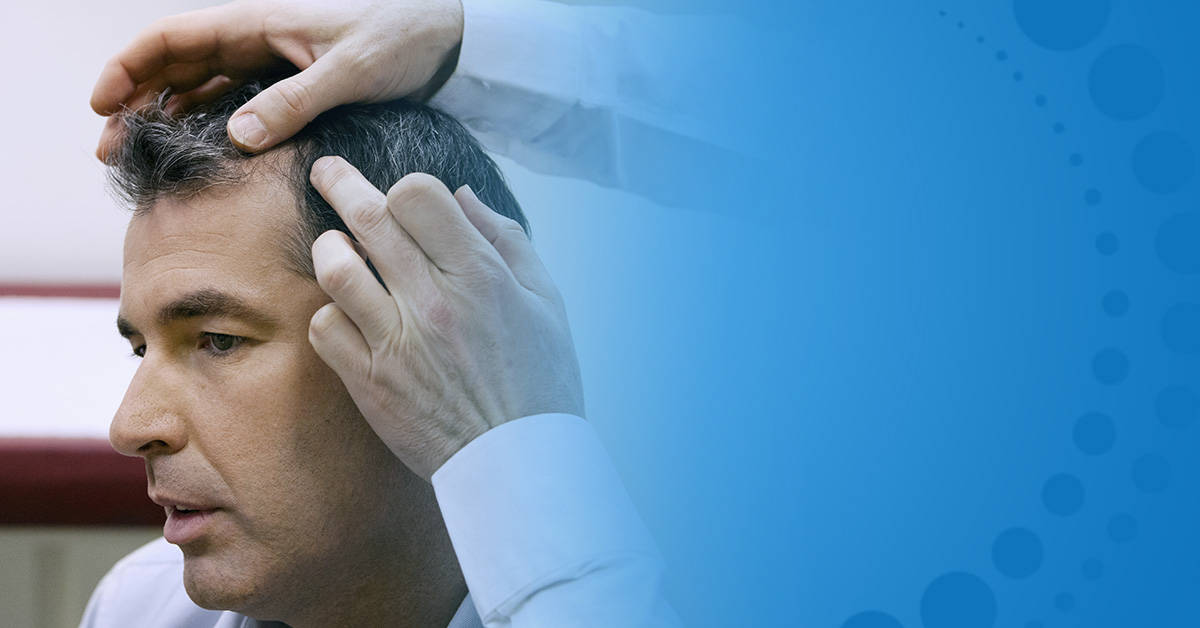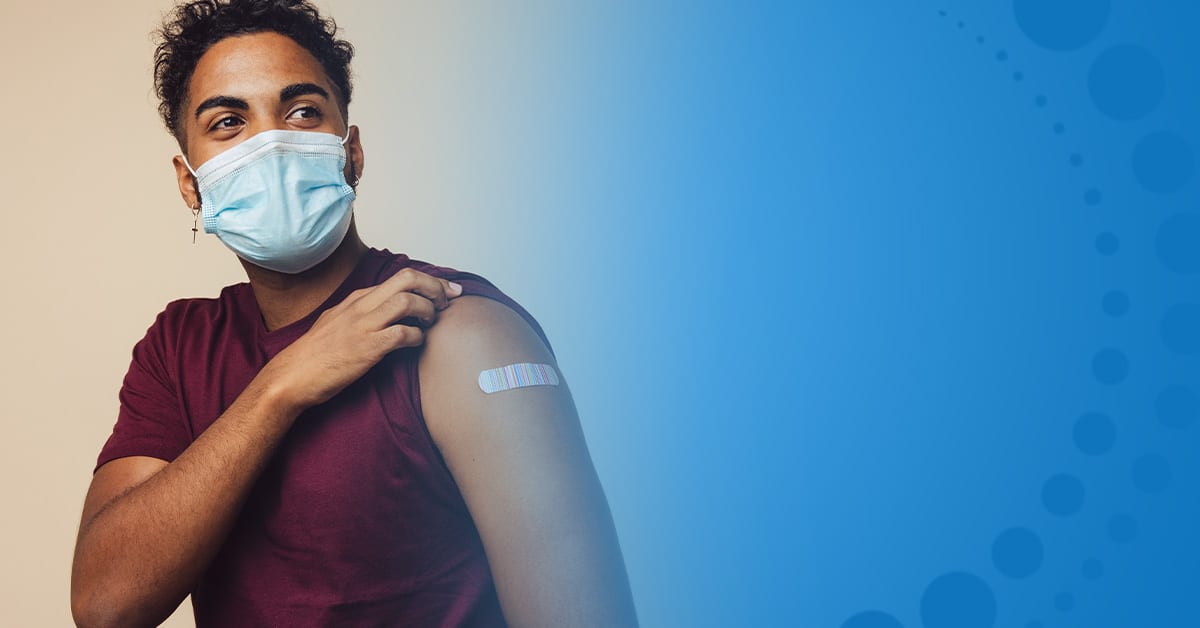How to Care For Your Hair After Your Hair Restoration Treatment
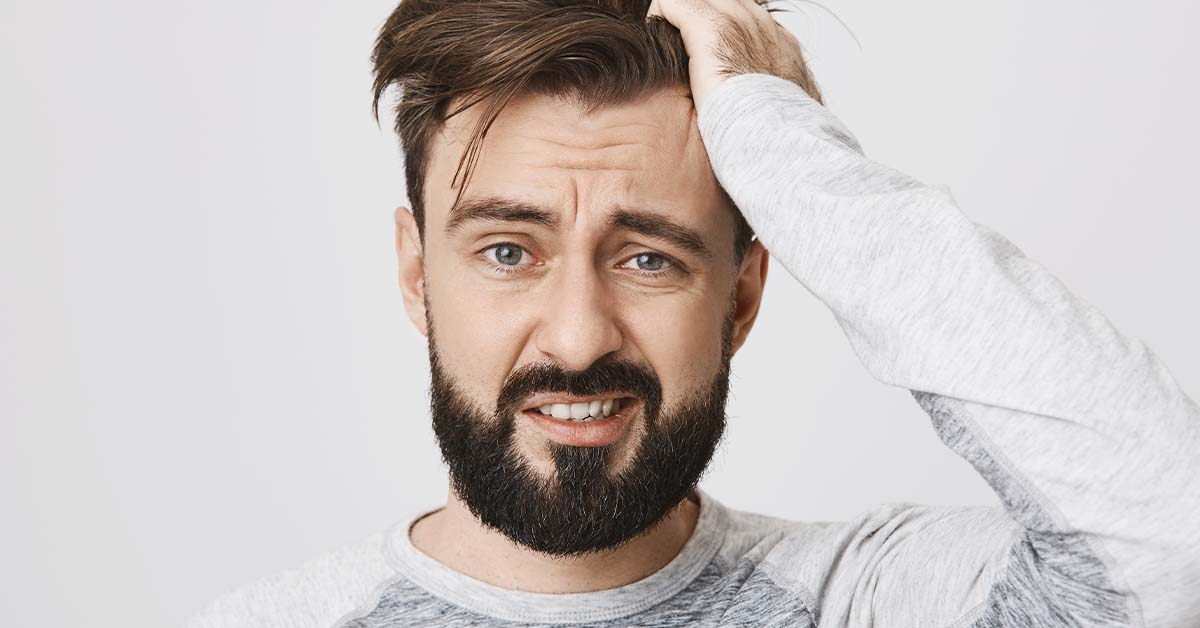
The quest for a permanent solution to ongoing hair loss can be a complicated one. That’s why at the Austin Hair Restoration Clinic we will walk you through all the details of the procedures available and what to expect afterward. The ARTAS® Robotic Hair Restoration procedure is also minimally invasive. We’ve got you covered with the most accurate hair transplant system available, and we’ll explain it to you. But we also know that you’ll have questions about what happens after the procedure is done.
How Long Does Hair Restoration Take to Heal?
FUT-based transplants should be healed by the tenth day after surgery, however if you choose our ARTAS® Robotic Hair Restoration procedure recovery time can be as short as three days. The ARTAS® robot transplants hair follicle by follicle so it does not create incisions or require stitches… and this lesser amount of tissue trauma translates into a more rapid recovery time.
Can I Scratch My Head After a Hair Transplant?
Itching and soreness are common side effects from a hair transplant. To avoid complications and ensure the transplanted follicles heal properly do not scratch the affected area of your scalp.
You want to be especially vigilant about not touching areas around the grafts unless you are gently washing your scalp, and you want to follow specific instructions for hair washing after the transplant.
What Should You Not Do After a Hair Transplant?
There are a variety of things you can do to take care of your fresh transplants, here are a few of the most common things to avoid while healing.
- Using a hot blow dryer – Even slightly warm air can cause bleeding and impair healing of fresh grafts. If you absolutely must use a hair dryer during the two weeks (minimum) after your hair transplant procedure, use it only on the COOL setting.
- Sneezing – During the first week or so of healing you should be careful not to blow your nose vigorously – as it involves substantial force.
- Smoking and alcohol – Both alcohol and tobacco affect (and can limit) blood flow, which is vital to the survival of new hair grafts. For best results, avoid or limit drinking and smoking for about five months after the procedure. (Of course, it would be best if quit smoking entirely, which would be good for you in innumerable ways, including for your hair.)
- Exertion and sweating – Sports, trips to the gym, cycling, golf, and other forms of physical exertion should be avoided for at least two weeks after your procedure, at which point minimal exertion may resume. Activities that cause perspiration, saunas, and steam baths can all be infection risks during the healing process and should be avoided for at least a month.
- Direct sunlight on your scalp – Try to keep your scalp loosely covered or shaded from direct sunlight for at least three months after your procedure. Swelling around the treated areas in not uncommon and direct sun can irritate it further. Hats are highly advised if you spend long periods outdoors but avoid hats with a tight fit that would press on your scalp – especially right after the procedure. A loose-fitting ball cap usually works well.
When Can I Shower Normally After a Hair Transplant?
You can shower normally after the ARTAS® Robotic Hair Restoration procedure so long as you follow the post-op hair washing instructions.
How to wash your hair post-procedure:
- Follow doctor’s orders about when to wash your hair. When allowed to wash your hair, remove the gauze bandage but leave on the tape.
- Using a plastic, cardboard, or otherwise non-breakable cup, mix a small amount of baby shampoo with water. Pour that mixture over your scalp. You can pour this over both the grafted and donor areas. Repeat three or four times. Do not rub your scalp or apply any pressure. Just let the soap and water mix over your head.
- Rinse out the cup and fill it with water. Pour the water over your scalp to rinse out the suds. Repeat as necessary to eliminate all soap and lather.
- Gently pat your scalp dry with paper towels.
- Apply bacitracin to the donor area only – not the grafted area.
- For the first three days after surgery, spray the grafted area with saline solution every couple of hours.
Questions About Hair Restoration and Recovery Afterward? We Have The Answers You’re Looking For!
If you’re experiencing progressive hair loss, Austin Hair Clinic is here to help. We can answer all your questions about treatment options ranging from a variety of non-surgical options to the minimally invasive ARTAS® Robotic Hair Transplant System. We can also answer your questions about what to expect after treatment. Contact us today for a free consultation.
Dr. Sanjeev Dubey is an experienced hair restoration and emergency medicine physician in Austin, Texas. He holds a medical degree from the University of Texas Medical Branch (UTMB) and has been practicing medicine for over two decades. His affiliations include Seton Medical Center Austin, Seton Northwest, and various local hospitals.
